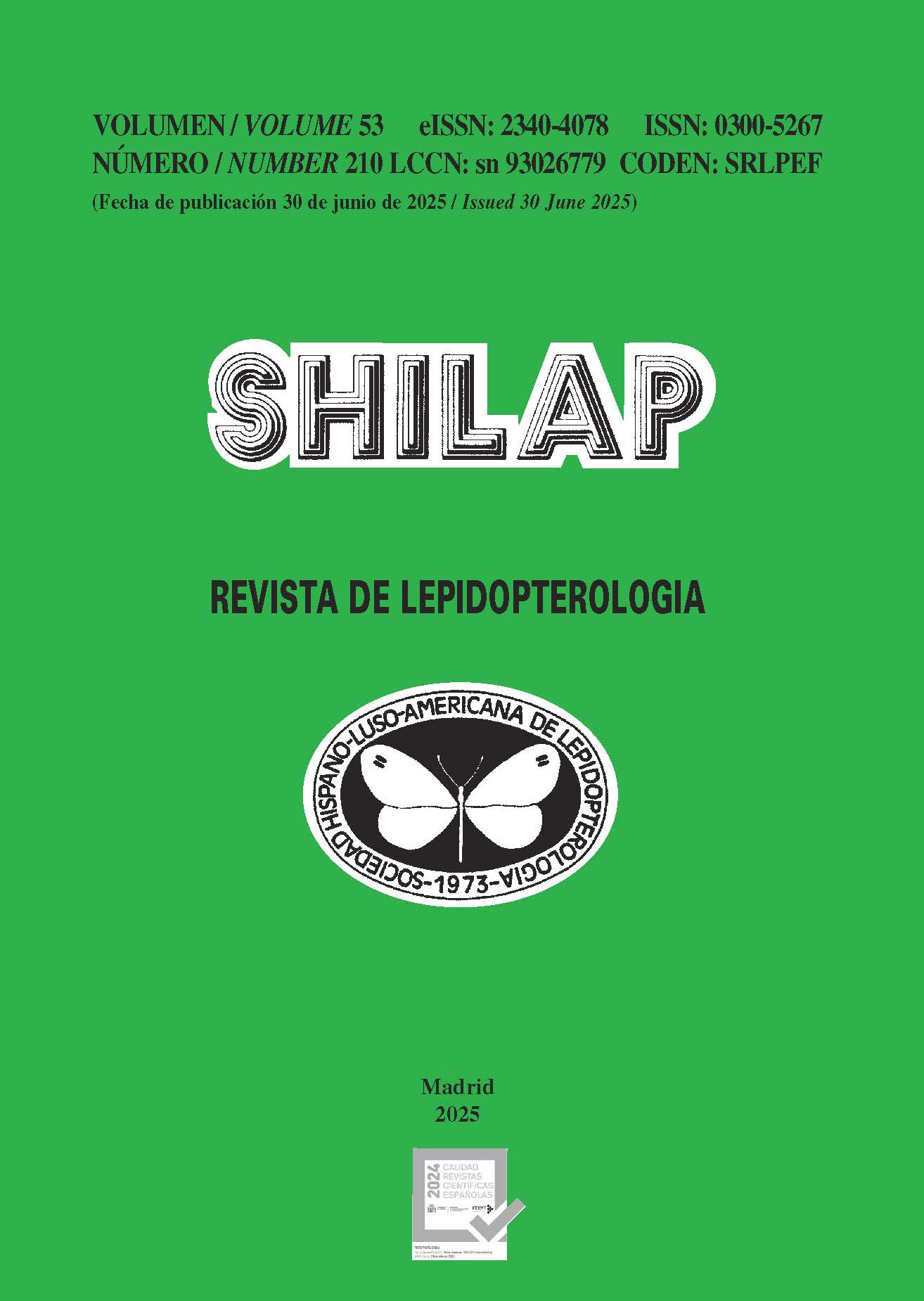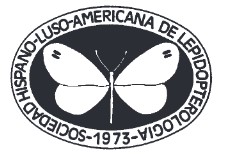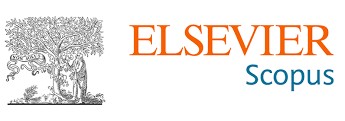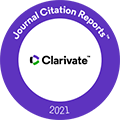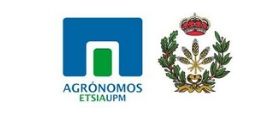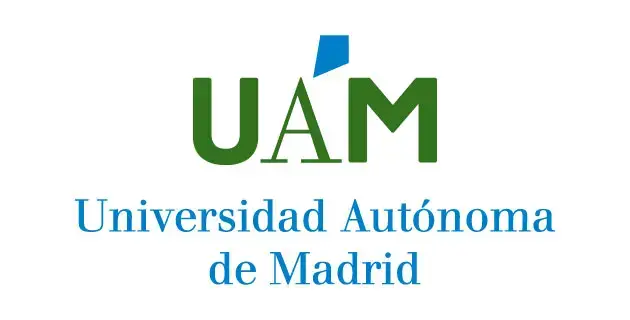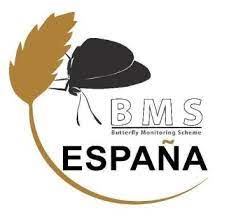Pontia daplidice (Linnaeus, 1758) and Pontia edusa (Fabricius, [1777] in Tajikistan: one or two species? (Lepidoptera: Pieridae)
DOI:
https://doi.org/10.57065/shilap.1054Schlagworte:
Lepidoptera, Pieridae, DNA barcoding, morphological features, seasonal forms, Tajikistan, IranAbstract
DNA barcoding of Pontia Fabricius, 1807 species from Tajikistan has shown that only Pontia edusa (Fabricius, [1777], which was previously considered Pontia daplidice (Linnaeus, 1758), is found throughout the country. In fact, these are the only finds of this species in Central Asia, and these data will improve our understanding about distribution of Pontia edusa, and in the future will help to form an overall picture of the distribution of both taxa. Pontia edusa is also reported for the first time for central Iran. Morphological analysis did not reveal significant features in the structure of the genitalia that could distinguish between P. edusa and P. daplidice.
Downloads
Globale Statistiken ℹ️
|
493
Aufrufe
|
125
Downloads
|
|
618
Gesamt
|
|
Literaturhinweise
Clement, M., Posada, D., & Crandall, K. A. (2000). TCS: A computer program to estimate gene genealogies. Molecular Ecology, 10, 1657-1659. https://doi.org/10.1046/j.1365-294x.2000.01020.x PMid:11050560 DOI: https://doi.org/10.1046/j.1365-294x.2000.01020.x
Bruna, C. D., Gallo, E., & Sbordoni V. (2004). Guide to the butterflies of the Palaearctic region. Pieridae part 1. Tribe Pierini (partim) Delias, Aporia, Mesapai, Baltia, Pontia, Belenois, Talbotia. Omnes Artes.
Dapporto, L., Cini, A., Vodă, R., Dincă, V., Wiemers, M., Menchetti, M., Magini, G., Talavera, G., Shreeve, T., Bonelli, S., Casacci, L. P., Balletto, E., Scalercio, S., & Vila, R (2019). Integrating three comprehensive data sets shows that mitochondrial DNA variation is linked to species traits and paleogeographic events in European butterflies. Molecular Ecology Resources, 19(6), 1623-1636. https://doi.org/10.1111/1755-0998.13059 PMid:11050560 DOI: https://doi.org/10.1111/1755-0998.13059
Davlatov, A. M. (2020). Fauna of butterflies (Lepidoptera, Rhopalocera) of Shah Sands South-Western Tajikistan. News of the National Academy of sciences of Tajikistan, 4(211), 35-39. [In Russian]
Davlatov, A. M. (2022). Materials to the fauna of butterflies (Lepidoptera, Papilionoidea) of the Obi-Mazor River valley (Tajikistan). Selevinia, 30, 13-18.
Geiger, H., & Scholl, A. (1982). Pontia daplidice (Lepidoptera, Pieridae) in Südeuropa - eine Gruppe von zwei Arten. Mitteilungen der Schweizer Entomologischen Gesellschaft, 5, 107-114.
Geiger, H., Descimon, H., & Scholl, A. (1988). Evidence for speciation within nominal Pontia daplidice (Linnaeus, 1758) in southern Europe (Lepidoptera: Pieridae). Nota lepidopterologica, 11, 7-20.
Hall, T. A. (1999). BioEdit: a user-friendly biological sequence alignment editor and analysis program for Windows 95/98/NT. Nucleic Acids Symposium Series, 41, 95-98.
Hebert, P. D., Penton, E. H., Burns, J. M., Janzen, D. H., & Hallwachs, W. (2004). Ten species in one: DNA barcoding reveals cryptic species in the neotropical skipper butterfly Astraptes fulgerator. Proceedings of the National Academy of Sciences, 101(41), 14812-14817. https://doi.org/10.1073/pnas.0406166101 PMid:15465915 PMCid:PMC522015 DOI: https://doi.org/10.1073/pnas.0406166101
John E., Wiemers, M., Makris, C., & Russel, P. (2013). The Pontia daplidice (Linnaeus, 1758) / Pontia edusa (Fabricius, 1777) complex (Lepidoptera: Pieridae): confirmation of the presence of Pontia daplidice in Cyprus, and of Cleome iberica DC. as a new host-plant for this species in the Levant. Entomologist’s Gazette, 64, 69-78.
Kurze, B.-J., Nuß, M., & Westphalen, M. (2006). Vorkommen und Lebensweise des Resedaweißlings (Pontia daplidice (Linnaeus, 1758)) in Sachsen (Lepidoptera: Pieridae). Sächsische Entomologische Zeitschrift, 1, 89-100.
Korshunov, Y. P. (2002). Lepidoptera (Papilionoidea, and Hesperioidea) of Northern Asia. Association of Scientific Publications of the KMK. [In Russian]
Korb, S. K., & Bolshakov, L. V. (2016). A systematic catalogue of butterflies of the former Soviet Union (Armenia, Azerbaijan, Belarus, Estonia, Georgia, Kyrgyzstan, Kazakhstan, Latvia, Lituania, Moldova, Russia, Tajikistan, Turkmenistan, Ukraine, Uzbekistan) with special account to their type specimens (Lepidoptera: Hesperioidea, Papilionoidea). Zootaxa, 4160(1), 1-324. https://doi.org/10.11646/zootaxa.4160.1.1 PMid:27615908 DOI: https://doi.org/10.11646/zootaxa.4160.1.1
Leigh, J. W., & Bryant, D. (2015). PopART: Full-feature software for haplotype network construction. Methods in Ecology and Evolution, 6(9), 1110-1116. https://doi.org/10.1111/2041-210X.12410 DOI: https://doi.org/10.1111/2041-210X.12410
Lukhtanov, V. A., Sourakov, A., Zakharov, E. V., & Hebert, P. D. N. (2009). DNA barcoding Central Asian butterflies: increasing geographical dimension does not significantly reduce the success of species identification. Molecular Ecology Resources, 9(5), 1302-1310. doi: 10.1111/j.1755-0998.2009.02577.x PMid:21564901 DOI: https://doi.org/10.1111/j.1755-0998.2009.02577.x
Porter, A. H., Wenger, R., Geiger, H., Scholl, A., & Shapiro, A. (1997). The Pontia daplidice-edusa hybrid zone in north-western Italy. Evolution, 51, 1561-1573. https://doi.org/10.2307/2411208 PMid:28568618 DOI: https://doi.org/10.1111/j.1558-5646.1997.tb01479.x
Stshetkin, Y. L. (1960). Higher Lepidoptera of the Vakhsh Valley (Tajikistan). Part 1. Lepidoptera (Rhopalocera and Heterocera exclusive of Noctuidae and Geometridae). Proceedings of E.N. Pavlovsky Institute of Zoology and Parasitology Academy of Sciences of the Tajik SSR (Vol. 14). Stalinabad. [In Russian]
Stshetkin, Y. L. (1963). To the fauna of the butterflies of the low mountains of southern Tajikistan (Lepidoptera, Macroheterocera) Rhopalocera. Proceedings of E. N. Pavlovsky Institute of Zoology and Parasitology Academy of Sciences of the Tajik SSR (Vol. 24), 21-73. Dushanbe. [In Russian]
Sharafutdinov, D. R., & Lukhtanov V. A. (2019). Species diversity of diurnal Lepidoptera (Papilionoidea and Hesperioidea) of the middle mountain belt of the Kamarob River gorge. Materials of the VIII-th International Conference “Ecological features of biological diversity” (Tajikistan) (pp. 104-105). Dushanbe. [In Russian]
Thomas, T., & Lewington, R. (1991). The butterflies of Britain and Ireland. Dorling Kindersley.
Tuzov, V. K., Bogdanov, P. V., Devyatkin, A. L., Kaabak, L. V., Korolev, V. A., Murzin, V. S., Samodurov, G. D., & Tarasov, E.A. (1997). Guide to the Butterflies of Russia and adjacent territories (Lepidoptera, Rhopalocera). Hesperiidae, Papilionidae, Pieridae, Satyridae (Vol. 1.). Pensoft.
Tamura, K., Stecher, G., & Kumar, S. (2021). MEGA 11: Molecular Evolutionary Genetics Analysis Version 11. Molecular Biology and Evolution, 38, 3022-3027. https://doi.org/10.1093/molbev/msab120 PMid:33892491 PMCid:PMC8233496 DOI: https://doi.org/10.1093/molbev/msab120
Tshikolovets, V. V. (2003). The butterflies of Tajikistan (Lepidoptera, Rhopalocera). Tshikolovets Publications.
Wagener, P. S. (1988). What are the valid names for the two genetically different taxa currently included within Pontia daplidice (Linnaeus, 1758)? Nota lepidopterologica, 11, 21-38.
Wu, Ch. (2010). Fauna Sinica - Insecta. Lepidoptera, Pieridae (Vol. 52). Sciences press.
Downloads
Veröffentlicht
Zitationsvorschlag
Ausgabe
Rubrik
Lizenz
Copyright (c) 2025 Abdulaziz M. Davlatov, Vladimir A. Lukhtanov

Dieses Werk steht unter der Lizenz Creative Commons Namensnennung 4.0 International.
Der Autor behält sich seine Marken- und Patentrechte an allen in diesem Artikel enthaltenen Verfahren und Prozessen vor.
Der Autor behält sich das Recht vor, den im SHILAP Revista de lepidopterología veröffentlichten Artikel zu teilen, zu verbreiten, aufzuführen und öffentlich zu kommunizieren, mit der anfänglicher Anerkennung der Veröffentlichung im SHILAP Revista de lepidopterología.
Der Autor behält sich das Recht auf eine spätere Veröffentlichung seiner Arbeit vor, von der Verwendung des Artikels bis hin zur Veröffentlichung in einem Buch, vorausgesetzt, er weist auf die Erstveröffentlichung im SHILAP Revista de lepidopterología hin.
Jeder Einreichung für das SHILAP Revista de lepidopterología muss eine Anerkennung des Urheberrechts und eine Bestätigung der Autorenschaft beigefügt sein. Mit ihrer Annahme behalten die Autoren das Urheberrecht an ihrer Arbeit und erklären sich damit einverstanden, dass der Artikel, wenn er von SHILAP Revista de lepidopterología zur Veröffentlichung angenommen wird, für die Nutzung und Verbreitung unter einer "Creative Commons Attribution 4.0 International" (CC BY 4.0)-Lizenz lizenziert wird, die es Dritten erlaubt, den Inhalt für jeden Zweck zu teilen und zu bearbeiten, wobei das Originalwerk angemessen zu erwähnen ist.
Eine informative Version und den Rechtstext der Lizenz finden Sie hier. Der Hinweis auf die CC BY 4.0-Lizenz muss erforderlichenfalls ausdrücklich auf diese Weise erfolgen.
Ab 2022 ist der Inhalt der gedruckten und digitalen Version unter einer "Creative Commons Attibution 4.0 International" (CC BY 4.0) -Lizenz lizenziert wird, die es Dritten erlaubt, den Inhalt für jeden Zweck zu teilen und zu bearbeiten, wobei das Originalwerk angemessen zu erwähnen ist.
Frühere Inhalte der Zeitschrift wurden unter einer herkömmlichen Urheberrechtslizenz veröffentlicht; das Archiv ist jedoch frei zugänglich.
Ao utilizar o conteúdo do SHILAP Revista de lepidopterología publicado antes do ano 2022, incluindo figuras, tabelas ou qualquer outro material em formato impresso ou eletrónico pertencem aos autores dos artigos, os autores devem obter a autorização do detentor dos direitos de autor. As responsabilidades legais, financeiras e criminais a este respeito pertencem ao(s) autor(es).
In Anwendung des Prioritätsprinzips des Internationalen Kodex der Zoologischen Nomenklatur darf keine andere als die vom Herausgeber veröffentlichte Version in Repositorien, persönlichen Websites oder ähnlichem hinterlegt werden.
